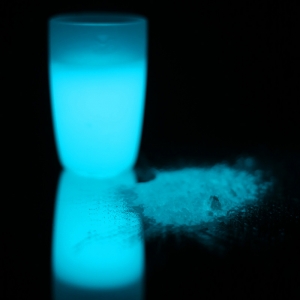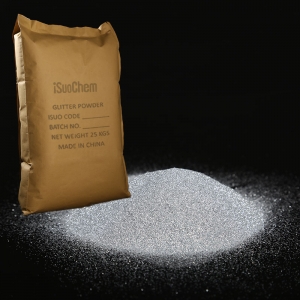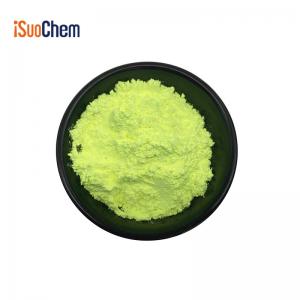Ceramic Pigment Red 40#
Pigment Red 40# is a red, powdery substance that is odorless and tasteless. It does not dissolve in water, organic solvents, oils, or alkaline solutions but is slightly soluble in weak acids and soluble in strong acids, where it releases toxic gases H2Se and H2S.
This product is non-flammable, non-corrosive, and poses no explosion risk.
Tips: This is Inorganic pigment red, if you are looking for organic pigment red, please click here.
Chemical Composition:
CdS·CdSe or CdS·HgS
CdS·CdSe·BaSO4 or CdS·HgS·BaSO4
C.I. Number:
Pigment Red 108/77202

Color card of ceramic pigment red:
Code
Name
Chemical composition
Heat Resist
Color shade
30#
Pigment Red
Cd-Se-S
400℃
40#
Pigment Red
Cd-Se-S
400℃
50#
Pigment Red
Cd-Se-S
400℃
55#
Pigment Red
Cd-Se-S
400℃
165#
Pigment Red
Cd-Se-S
900℃
Technical Specifications
|
Item |
Specification |
|
Light Fastness (grade) |
7 |
|
Weather Resistance (grade) |
5 |
|
400 Mesh Residue (%) |
≤0.1 |
|
Oil Absorption (g/100g) |
16-23 |
|
Density (g/cm³) |
4.7-5.1 |
|
Water-Soluble Salts (%) |
≤0.2 |
|
Moisture Content (%) |
≤0.2 |
Application &Characteristics of Ceramic Pigment Red
Ceramic Pigment Red is the preferred red pigment for enamel, ceramics, and glass industries. It is also extensively used in plastics, masterbatches, coatings, papermaking, rubber, leather, art pigments, art gravure inks, colored sand and gravel building materials, and electronic materials.
1. Durability: Ceramic Pigment Red 40# is more durable than Ceramic Pigment Yellow, making it ideal for coloring outdoor products like automotive paint and high-end baking paint.
2. Hardness and Friction: The natural hardness of Ceramic Pigment Red is lower than other inorganic pigments, offering good friction properties. It is suitable for gravure printing ink and PVC screen printing ink.
3. Compatibility: Produced by iSuoChem, this pigment is compatible with almost all resins and plastics, including ABS, polyformaldehyde, polyamide, fluoroplastics, nylon, polycarbonate, polyethylene, polypropylene, polystyrene, ureamelamine, epoxy, polyurethane, unsaturated polyester, organic glass (PMMA), natural rubber, and silicone rubber.






 +86 13965049124
+86 13965049124
 English
English  français
français русский
русский italiano
italiano español
español português
português العربية
العربية 한국의
한국의 ไทย
ไทย Tiếng Việt
Tiếng Việt



















